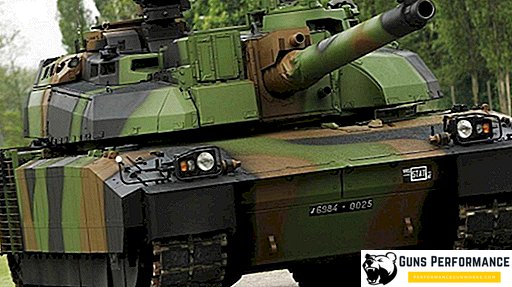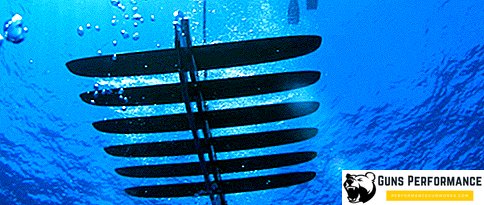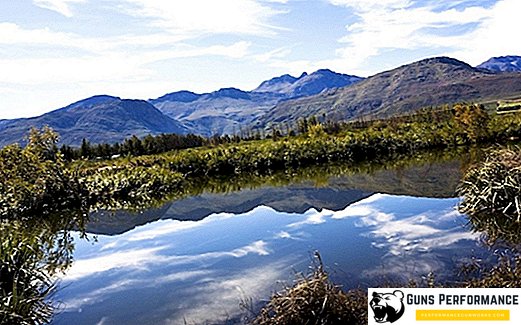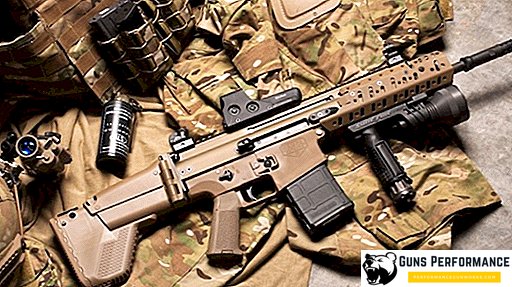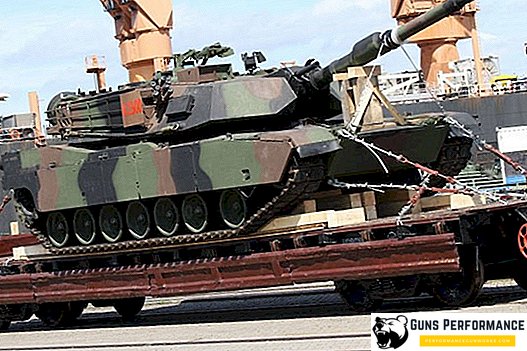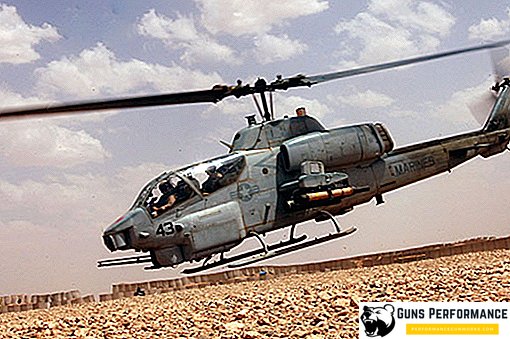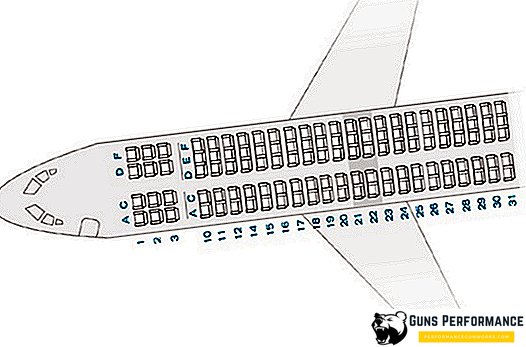For the modern man who touched military history, the 19th century is associated with cavalry. It was during this period that cavalry flourished as a kind of military. Practically in all armies of the leading world powers, cavalry units are necessarily present, which in turn were divided into light, medium and heavy cavalry. Possessing high maneuverability and mobility, cavalry units performed a huge amount of work on the battlefield, often deciding the outcome of battles. If hussars, uhlans and dragoons in most cases solved tactical tasks at the divisional level, the heavily armed cuirassiers were a shock force in the army.
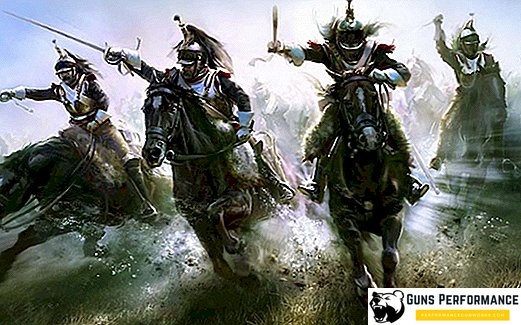
Historical background of cuirassiers
In the European armies, the cuirassiers replace the heavily mounted cavalry knights, whose power after the battle of Grunwald began to roll to decline. The medieval military organization was in crisis, instead of irregular heavy cavalry, which was recruited from the nobility, it was required to have troops of regular heavy cavalry. Due to frequent military conflicts and wars, the nobility could not provide a complete set of cavalry in full. Armament troops continued to improve. Artillery dominated the battlefield. All this led to the fact that the fighting clashes of the troops became more intense and rapid. Events unfolded at lightning speed. The cavalry needed another organization meeting modern conditions.
In the first place for equipping the cavalry required a lot of horses, specially trained and trained. The changes affected the recruiting of cavalry. The personnel of the cavalry units needed well-trained and trained people in regular military service. To help the equestrian formation of knights armored in armor, cuirassier units began to appear, consisting of riders with lighter weapons. The first mention of cuirassiers came at the end of the XVI century, during the reign of the Emperor of the Holy Roman Empire, Maximilian.
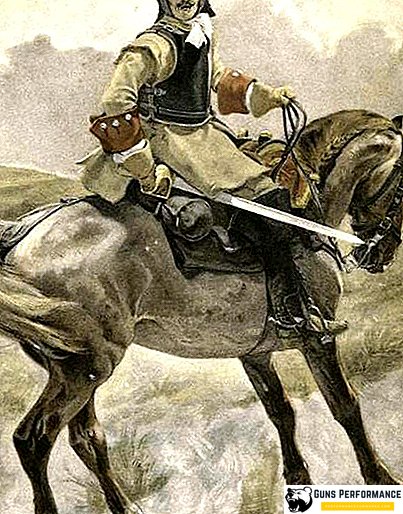
Originally, the cuirassier's weapon consisted of a heavy sword. Protection rider provided armor in a lightweight version. The shield has ceased to be a mandatory attribute of a cavalryman. Steel cuirass, translated from French - "armor", which was put on the chest, has become the main element of protection. Thanks to the cuirass, the new type of cavalry owes its name. The outfit of the rider was complemented by a steel helmet with a comb, decorated with a plume.
Along with the change of arsenal, the tactics of heavy cavalry changed. Now the cavalry became the strike force used at certain stages of the battle to achieve a certain result. Unlike spearmen and knights, who delivered a ram attack on infantry lines, the cuirassier units engaged in close combat with infantry. The presence of heavy cold arms and pistols made these riders all-destructive force. Often it was the avalanche of heavily armed horsemen, moving in full force, decided the outcome of the battle.
The actions of cuirassiers on the battlefield can be compared with the strike of tank units in the modern era. The main advantages of this type of cavalry are the speed, pressure and power of the first strike. The main task, which was set before the cavalry on the battlefield, was to break the enemy’s infantry formation. Cuirassiers, having fired a volley of pistols, armed with heavy bladed melee weapons, were excellent for melee combat.
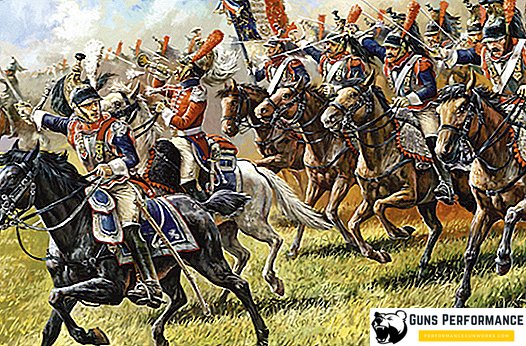
Russian cuirassiers
In the Russian army, cuirassier units are considered one of the oldest branches of the military. Due to the lack of specially trained equestrian personnel under Peter I, the cuirassier units in the Russian army were abolished. The main combat task on the battlefield was solved by dragoons capable of acting both on horseback and on foot. However, over time, the need for heavy cavalry increased. The cuirassiers, abolished under Peter I, were again revived in the Russian army under Empress Anna Ioannovna. The first cuirassier regiment was formed on the basis of the Horse Guards.
It should be noted that in the Russian army cuirassiers for a long time did not wear steel armor. The breastplate in the uniform of the Russian heavy cavalry appeared only during the Patriotic War of 1812. By the time Napoleon invaded Russia, there were 10 cuirassier regiments in the Russian army, and only one of them, Guards, had steel armor on equipment. Riders, full speed, reminiscent of ancient Greek warriors, wearing helmets with long horse tails and polished armor, became a symbol of the battles of that era. Russian horse regiments, clad in armor, often converged in direct confrontation with the French heavy cavalry. Murat's divisions, where the main combat core was the French cuirassiers, were often inferior on the battlefield of the Russian cavalry.
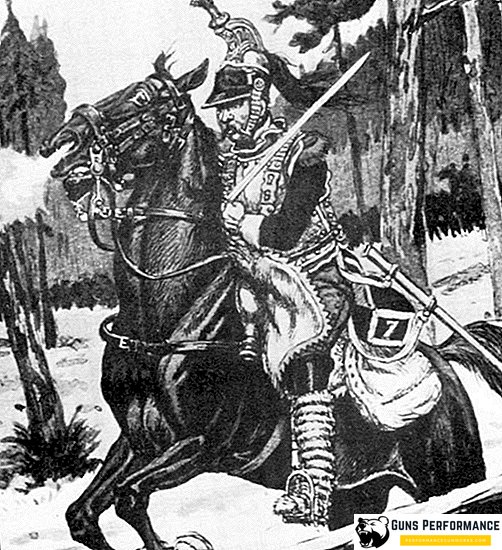
The best organization of the Russian cavalry, which, unlike the French cavalry, had a stricter order of battle and uniformity of acquisition, had an effect.
Equipment of Russian heavy cavalry. Military costume
It differed in the Russian heavy cavalry and armament. Earlier, cuirassiers armed themselves with ordinary long swords. This type of weaponry was practiced in the Western European armies. In Russia, the main weapon of a heavily armed rider was a sword. The heavy sword of the cuirassier was a double-edged blade capable of delivering both slashing and stabbing blows. Russian cuirassiers with such weapons went all the hearth of the Seven Years' War, smashed the Turks under Izmail. Regarded as a purely French weapon, the sword was the weapon of the nobility, despite its limited combat capabilities.
Powerful and heavy weapons coped well with their task, but had significant drawbacks - bulky guard, long length and excessive springiness of the blade. In the conditions of close combat, when the cavalryman needed to act effectively on all 3600, the long sword became extremely uncomfortable. Melee weapons had to be more stable and massive to be able to hit the enemy in armor. In Russia, as in all of Europe, the sword is replaced by a sword, a more powerful edged weapon. The broadsword becomes first the main weapon of the Horse Guards. Over time, this type of cold arms becomes traditional for all heavy cavalry. The cuirassier's blade was 85 cm long, while the sword, on average, was about one meter long. The chopping part was thicker and heavier. The size of the guard has decreased.
Unlike the sword, broadswords were equipped with a long scabbard, which later became firmly established in the equipment of cavalry of all countries.
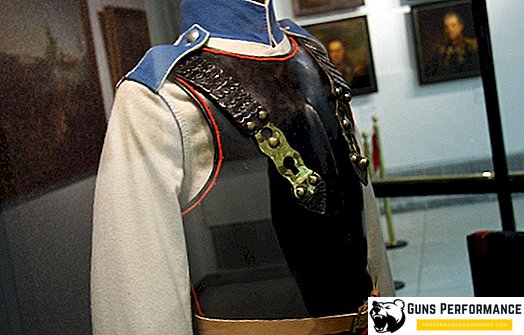
Military training was not the only distinguishing feature of Russian heavy cavalry. The cuirassier form allowed these units to stand out on the battlefield. Despite the fact that in the era of Napoleon’s troops, most of the ammunition and uniforms of military units became unified, the cuirassiers continued to wear a steel bib and helmet. The short uniform of the cuirassier, complemented by protective ammunition, became the personification of officer chic, gloss and glitter. Short cloth tunic fueled in snow-white leggings. Over the cuirass, on the chest, there were crossed white bands in the role of combat unloading. The rider was shod in high boots with knee pads, such as boots.
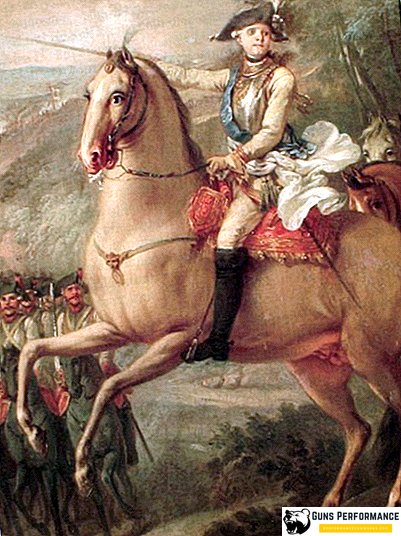
Crowned combat rider's uniform with a chic steel helmet with a lobster tail. Despite the fact that over time the helmet lost its combat mission, it continued to remain the main part of the cavalry combat suit. Steel shiny armor, elegant steel helmet became the favorite military dress uniform of the nobility. Even with the time of Emperor Paul I, all subsequent Russian emperors liked to flaunt themselves at parades and receptions in cuirassier vestments.


